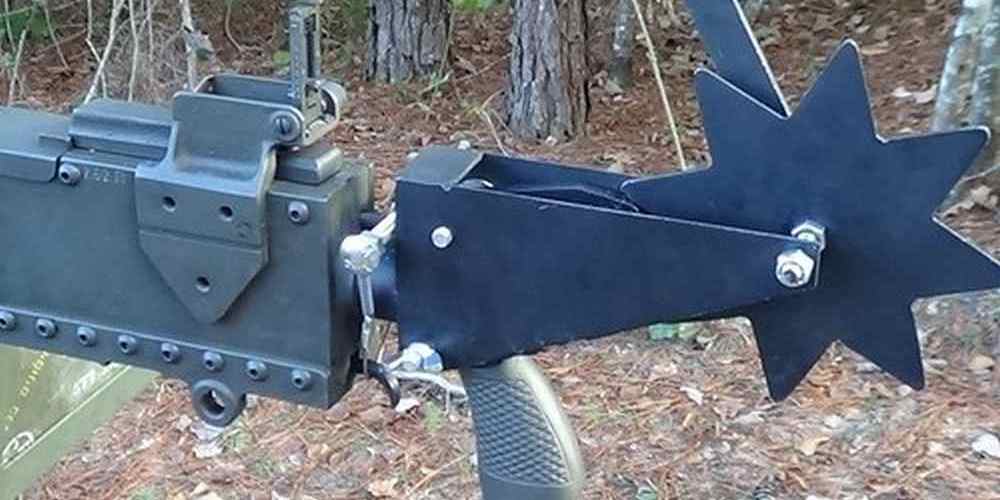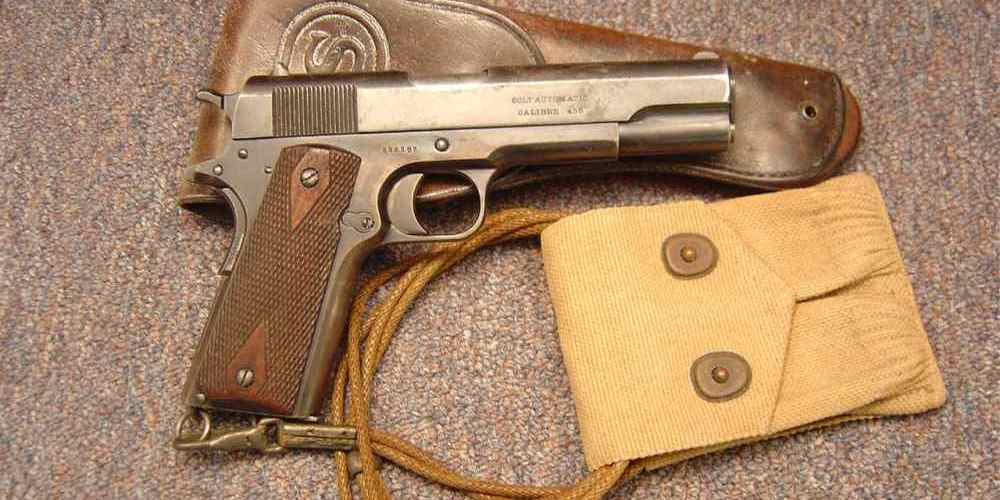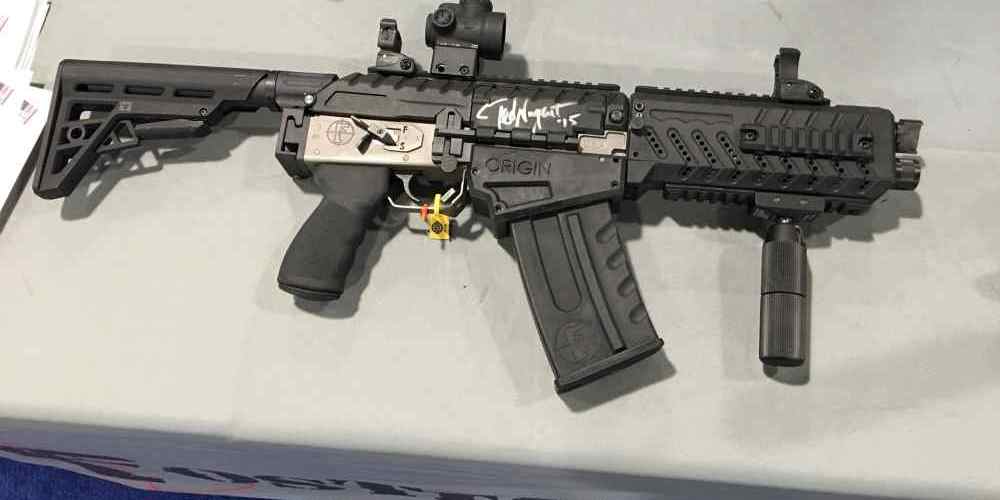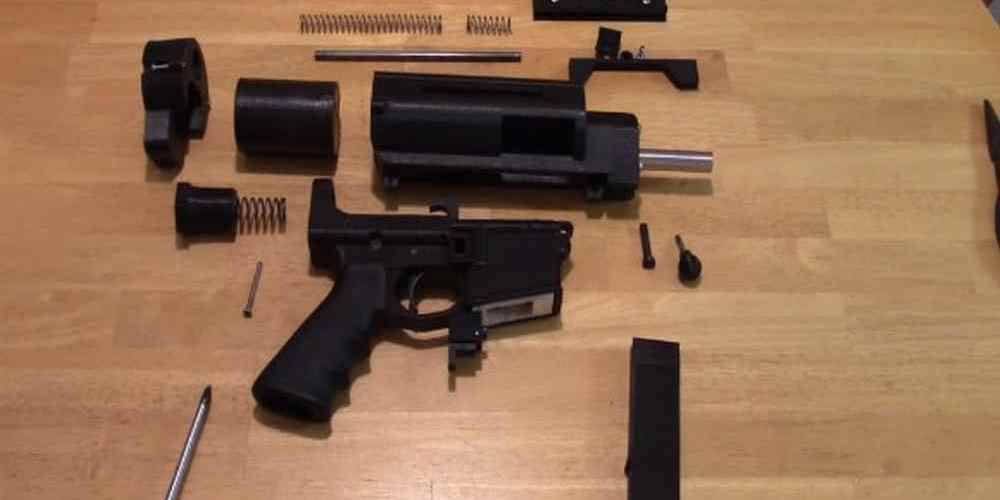“Fine-tune your impact with precision.”
Importance of Hammer Spring Tension in Light Strikes and Hard Hits
Hammer spring tension is a critical factor in determining the performance of a firearm. It plays a crucial role in ensuring that the hammer strikes the firing pin with the right amount of force to ignite the primer and fire the cartridge. If the hammer spring tension is too light, it can result in light strikes, where the firing pin does not hit the primer with enough force to ignite the powder. On the other hand, if the hammer spring tension is too heavy, it can lead to hard hits, where the firing pin strikes the primer with excessive force, potentially causing damage to the firearm.
Light strikes are a common issue that many shooters encounter, especially when using aftermarket parts or modifying their firearms. This can be frustrating and potentially dangerous, as a light strike can result in a misfire, leaving the shooter vulnerable in a self-defense situation or during a competition. In order to address this issue, adjusting the hammer spring tension is often necessary.
One way to adjust the hammer spring tension is by replacing the factory hammer spring with a lighter or heavier one, depending on the specific needs of the shooter. Lighter hammer springs can help reduce the trigger pull weight and improve the overall feel of the firearm, but they may also increase the risk of light strikes. Heavier hammer springs, on the other hand, can provide more reliable ignition but may result in a heavier trigger pull.
Another method of adjusting hammer spring tension is by compressing or stretching the existing spring to increase or decrease its tension. This can be done by using a hammer spring compression tool or simply by manually bending the spring to achieve the desired tension. However, it is important to exercise caution when manipulating the spring, as excessive force or improper technique can damage the spring and compromise its performance.
In addition to light strikes, excessive hammer spring tension can also lead to hard hits, where the firing pin strikes the primer with too much force. This can cause excessive wear and tear on the firearm, potentially leading to malfunctions or even catastrophic failure. To prevent this, it is important to carefully adjust the hammer spring tension to ensure that it is within the manufacturer’s recommended specifications.
When adjusting hammer spring tension, it is important to test the firearm thoroughly to ensure that it is functioning properly. This can be done by firing a series of test rounds and checking for consistent ignition and reliable performance. If light strikes or hard hits continue to occur, further adjustments may be necessary.
In conclusion, hammer spring tension plays a crucial role in determining the performance of a firearm. By adjusting the tension carefully and testing the firearm thoroughly, shooters can ensure that their firearms are reliable and safe to use. Whether dealing with light strikes or hard hits, proper adjustment of hammer spring tension is essential for optimal performance.
How to Adjust Hammer Spring Tension for Optimal Performance
When it comes to firearms, one of the key components that can greatly affect performance is the hammer spring tension. The hammer spring is responsible for striking the firing pin, which in turn ignites the primer and fires the cartridge. If the hammer spring tension is too light, the firing pin may not strike with enough force to reliably ignite the primer. On the other hand, if the tension is too heavy, it can cause excessive wear on the firearm and potentially lead to misfires.

Adjusting the hammer spring tension is a relatively simple process that can be done with just a few tools and a bit of know-how. Before making any adjustments, it’s important to understand how the hammer spring works and how it affects the firing mechanism of your firearm.
To adjust the hammer spring tension, you will first need to disassemble the firearm and locate the hammer spring. This may vary depending on the make and model of your firearm, so be sure to consult the owner’s manual for specific instructions. Once you have located the hammer spring, you can begin making adjustments.
To increase the tension of the hammer spring, you will need to compress the spring slightly. This can be done by either bending the spring or adding shims to increase the overall tension. It’s important to make small adjustments and test the firearm after each adjustment to ensure that the tension is within the optimal range.
Conversely, if you need to decrease the tension of the hammer spring, you can remove shims or slightly bend the spring to reduce the overall tension. Again, it’s important to make small adjustments and test the firearm after each adjustment to ensure that the tension is within the optimal range.
When adjusting the hammer spring tension, it’s important to keep in mind that there is a delicate balance between too light and too heavy. A hammer spring that is too light may not provide enough force to reliably ignite the primer, while a hammer spring that is too heavy can cause excessive wear on the firearm and potentially lead to misfires.
It’s also important to consider the type of ammunition you will be using when adjusting the hammer spring tension. Different types of ammunition may require different levels of tension to reliably ignite the primer. Be sure to test the firearm with the specific ammunition you will be using to ensure that the tension is set correctly.
In conclusion, adjusting the hammer spring tension is a simple yet important process that can greatly affect the performance of your firearm. By understanding how the hammer spring works and making small, incremental adjustments, you can ensure that your firearm is operating at its optimal level. Remember to test the firearm after each adjustment and consider the type of ammunition you will be using to ensure that the tension is set correctly. With a little bit of patience and know-how, you can fine-tune the hammer spring tension for optimal performance.
Common Issues Caused by Incorrect Hammer Spring Tension
When it comes to firearms, one of the most critical components that can affect performance is the hammer spring tension. The hammer spring is responsible for striking the firing pin, which in turn ignites the primer and fires the cartridge. If the tension is too light, the hammer may not strike with enough force to reliably ignite the primer. On the other hand, if the tension is too heavy, it can cause excessive wear on the internal components of the firearm.
One common issue that can arise from incorrect hammer spring tension is light strikes. Light strikes occur when the hammer does not have enough force to ignite the primer, resulting in a misfire. This can be frustrating for shooters, as it can lead to unreliable performance and potentially dangerous situations if the firearm is needed for self-defense or hunting.
Another issue that can arise from incorrect hammer spring tension is hard hits. When the tension is too heavy, the hammer can strike with excessive force, causing unnecessary wear on the firing pin and other internal components. This can lead to malfunctions and decreased accuracy over time. Additionally, heavy hammer spring tension can also cause increased recoil, making it more difficult for shooters to maintain control of their firearm.
Adjusting hammer spring tension is a relatively simple process that can be done by most gun owners with the right tools and knowledge. However, it is important to proceed with caution, as improper adjustments can lead to further issues with the firearm. Before making any adjustments, it is recommended to consult the manufacturer’s guidelines or seek the advice of a qualified gunsmith.
To adjust the hammer spring tension, start by removing the hammer from the firearm. This will allow you to access the spring and make the necessary adjustments. Using a hammer spring tension gauge, measure the current tension of the spring. If it is too light, you can increase the tension by compressing the spring slightly. If it is too heavy, you can decrease the tension by stretching the spring out.
After making the adjustments, reassemble the firearm and test fire it to ensure that the hammer is striking with the appropriate force. It may take some trial and error to find the right balance, so be patient and make small adjustments as needed. Once you have achieved the desired tension, be sure to regularly check and maintain the hammer spring to ensure optimal performance.
In conclusion, adjusting hammer spring tension is a crucial aspect of firearm maintenance that can greatly impact performance. By addressing common issues such as light strikes and hard hits, gun owners can ensure that their firearms are reliable and safe to use. Remember to proceed with caution and seek professional guidance if needed. With proper care and attention to detail, you can enjoy a well-functioning firearm for years to come.
Benefits of Properly Adjusted Hammer Spring Tension
When it comes to firearms, one of the most critical components that can affect performance is the hammer spring tension. The hammer spring is responsible for striking the firing pin, which in turn ignites the primer and fires the cartridge. Properly adjusting the hammer spring tension can have a significant impact on the reliability, accuracy, and overall performance of a firearm.
One of the key benefits of properly adjusted hammer spring tension is improved reliability. If the hammer spring tension is too light, the firing pin may not strike the primer with enough force to ignite the cartridge consistently. This can result in misfires or light strikes, which can be frustrating and potentially dangerous in a self-defense or hunting situation. On the other hand, if the hammer spring tension is too heavy, it can cause excessive wear on the internal components of the firearm and lead to malfunctions.
In addition to improved reliability, properly adjusted hammer spring tension can also enhance the accuracy of a firearm. When the hammer spring tension is set at the optimal level, the firing pin will strike the primer with just the right amount of force, ensuring that the cartridge ignites consistently. This can result in more consistent shot placement and tighter groupings, especially at longer distances. For competitive shooters or hunters who rely on precision, this can make a significant difference in their performance.
Another benefit of properly adjusted hammer spring tension is increased longevity of the firearm. When the hammer spring tension is set too light or too heavy, it can put unnecessary stress on the internal components of the firearm, leading to premature wear and potential damage. By adjusting the hammer spring tension to the correct level, you can help ensure that your firearm operates smoothly and reliably for years to come.
Properly adjusted hammer spring tension can also have an impact on the felt recoil of a firearm. When the hammer spring tension is set too heavy, it can cause the recoil to feel harsher and more pronounced, which can affect the shooter’s ability to stay on target and follow up shots quickly. On the other hand, when the hammer spring tension is set too light, it can result in a mushy trigger pull and reduced feedback, making it difficult for the shooter to control the firearm effectively. By finding the right balance of hammer spring tension, you can help mitigate felt recoil and improve your shooting experience.
In conclusion, adjusting hammer spring tension is a critical aspect of firearm maintenance that can have a significant impact on performance. By properly adjusting the hammer spring tension, you can improve reliability, accuracy, longevity, and felt recoil of your firearm. Whether you are a competitive shooter, a hunter, or a recreational shooter, taking the time to adjust the hammer spring tension can help you get the most out of your firearm and enhance your shooting experience. So next time you hit the range, consider checking and adjusting your hammer spring tension to ensure that your firearm is performing at its best.
Tips for Troubleshooting Light Strikes and Hard Hits with Hammer Spring Tension Adjustment
If you’re experiencing light strikes or hard hits when firing your firearm, it can be frustrating and potentially dangerous. These issues can be caused by a variety of factors, but one common culprit is the tension of the hammer spring. Adjusting the tension of the hammer spring can help to alleviate these problems and ensure that your firearm is functioning properly.
Before making any adjustments to the hammer spring tension, it’s important to understand how the hammer spring works. The hammer spring is responsible for striking the firing pin, which in turn ignites the primer and fires the cartridge. If the tension of the hammer spring is too light, the firing pin may not strike the primer with enough force, resulting in a light strike. On the other hand, if the tension is too heavy, the firing pin may strike the primer too forcefully, causing a hard hit.
To adjust the tension of the hammer spring, you will need to disassemble your firearm and locate the hammer spring. This may vary depending on the make and model of your firearm, so be sure to consult your owner’s manual for specific instructions. Once you have located the hammer spring, you can begin adjusting the tension.
One method for adjusting the tension of the hammer spring is to bend the spring slightly. This can be done by using a pair of needle-nose pliers to gently bend the spring in the desired direction. Be sure to make small adjustments and test the firearm after each adjustment to ensure that the tension is correct.
Another method for adjusting the tension of the hammer spring is to replace the spring with one of a different weight. This can be a more involved process, as you will need to find a replacement spring that is compatible with your firearm. However, this method can be more effective in achieving the desired tension.
When adjusting the tension of the hammer spring, it’s important to remember that small adjustments can have a big impact on the performance of your firearm. Be patient and take your time to ensure that the tension is just right. It’s also a good idea to keep track of the adjustments you make so that you can easily revert back to the original tension if needed.
In addition to adjusting the tension of the hammer spring, there are other factors that can contribute to light strikes and hard hits. These can include issues with the firing pin, the ammunition being used, or even the cleanliness of the firearm. It’s important to thoroughly inspect your firearm and address any other potential issues before adjusting the hammer spring tension.
By taking the time to properly adjust the tension of the hammer spring, you can help to alleviate light strikes and hard hits and ensure that your firearm is functioning properly. Remember to consult your owner’s manual for specific instructions and take your time to make small, incremental adjustments. With a little patience and know-how, you can get your firearm back in working order and enjoy a smooth shooting experience.







